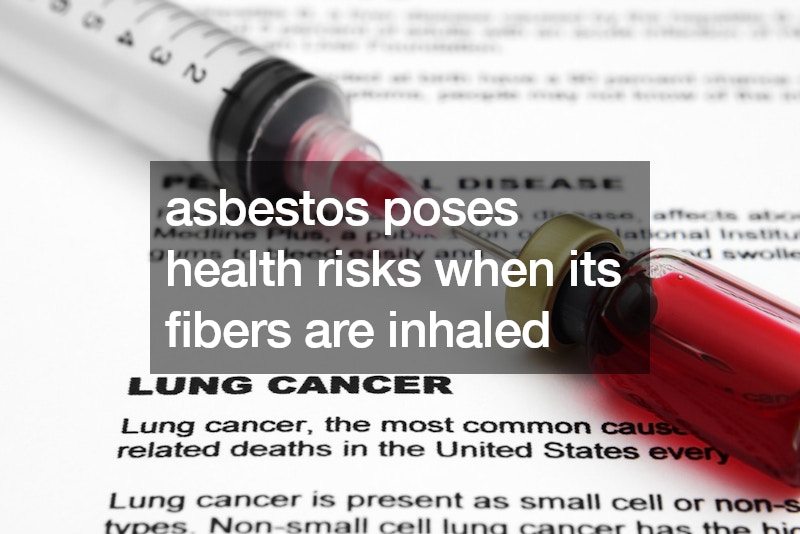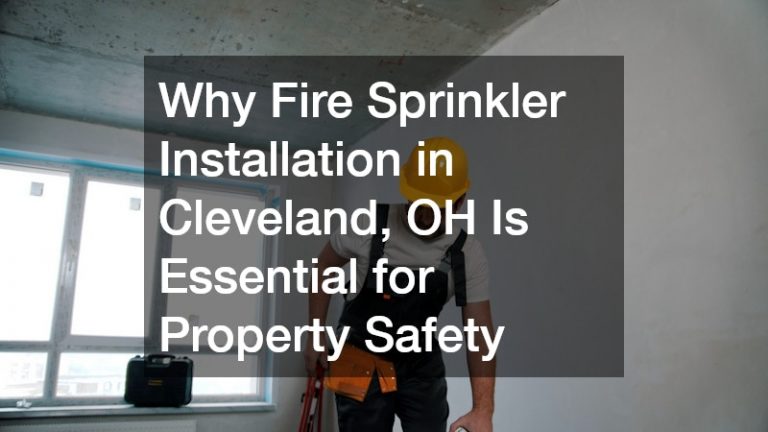

Asbestos has been widely used in construction and various industries for its desirable properties, which include durability, heat resistance, and fireproofing. However, asbestos poses health risks when its fibers are inhaled. Understanding asbestos, its dangers, and the importance of asbestos testing is crucial for maintaining safe environments, particularly in older buildings.
What is Asbestos?
Asbestos contains naturally occurring fibrous minerals called chrysotile, amosite, crocidolite, tremolite, anthophyllite, and actinolite. These microscopic fibers can easily become airborne if disturbed.
Once inhaled, asbestos fibers can lodge in the lungs and other tissues, leading to serious health conditions.
Health Risks Associated with Asbestos
Prolonged exposure to asbestos fibers can lead to certain illnesses, including the following:
Asbestosis: A chronic lung condition caused by inhaling asbestos fibers, leading to lung tissue scarring and difficulty breathing.
Mesothelioma: This type of cancer affects the lining of the lungs, chest, or abdomen.
Lung Cancer: Inhalation of asbestos fibers increases the risk of lung cancer, especially among smokers.
Other Cancers: Asbestos exposure is also believed to cause cancers of the larynx, ovaries, and gastrointestinal tract.
Importance of Asbestos Testing
Given the serious health risks associated with asbestos, it is crucial to identify and manage its presence in buildings, particularly those constructed before the 1980s when asbestos use was more prevalent. Asbestos testing is a vital step in this process, helping to ensure environments are safe for occupants.
What is Asbestos Testing?
Asbestos testing is the process of collecting samples and analyzing them to determine the presence and type of asbestos. This process should always be carried out by certified professionals from an asbestos survey company. These companies have the expertise and equipment needed to safely collect samples without risking exposure to harmful fibers.
Steps in Asbestos Testing
Initial Inspection: A thorough visual inspection of the property to identify potential asbestos-containing materials (ACMs).
Sample Collection: Carefully collecting samples from suspected ACMs. This must be done using proper safety protocols to prevent fiber release.
Laboratory Analysis: Samples are analyzed in accredited laboratories using techniques such as polarized light microscopy (PLM) or transmission electron microscopy (TEM).
Report and Recommendations: Based on the analysis, the asbestos survey company provides a detailed report outlining the findings and recommending actions, if necessary.
When Should You Conduct Asbestos Testing?
Before Renovation or Demolition: Asbestos testing is essential before any major renovation or demolition projects to prevent the release of fibers during construction activities.
Property Transactions: When buying or selling older properties, asbestos testing can be a critical part of the due diligence process.
Occupational Safety: In workplaces where employees might be exposed to asbestos, regular testing ensures compliance with health and safety regulations.
Legal and Regulatory Requirements
In many countries, strict regulations govern the management of asbestos to protect public health. For instance, in the United States, the Environmental Protection Agency (EPA) and the Occupational Safety and Health Administration (OSHA) have established guidelines for asbestos testing, abatement, and disposal. Compliance with these regulations is mandatory to avoid legal repercussions and ensure safety.
Asbestos Abatement and Management
If asbestos is detected in a building, a management plan must be developed and implemented. The approach to managing asbestos can vary depending on the condition and location of the ACMs:
Encapsulation: Sealing the asbestos materials with a protective coating to prevent fiber release.
Enclosure: Building airtight structures around the asbestos-containing materials.
Removal: Safely removing the asbestos materials, often used during renovations or demolitions.
Hiring a Professional Asbestos Survey Company
Given the complexities and dangers associated with asbestos, it is imperative to hire a professional asbestos survey company for testing and management. These companies not only conduct thorough asbestos surveys but also provide expert guidance on the best course of action if asbestos is found.
Choosing the Right Asbestos Survey Company
When selecting an asbestos survey company, consider the following factors:
Certification and Accreditation: Ensure the company is certified by relevant regulatory bodies and their laboratories are accredited.
Experience: Look for companies with a proven track record and experience in handling asbestos-related projects.
Reputation: Check reviews and ask for references to gauge the company’s reliability and quality of service.
Compliance: The company should adhere to all local, state, and federal regulations regarding asbestos testing and management.
Conclusion
Asbestos remains a significant concern, particularly in older buildings where its use was once common. Understanding the risks associated with asbestos exposure and the importance of thorough testing and proper management is essential for maintaining safe living and working environments. By engaging a reputable asbestos survey company, you can ensure that any asbestos-containing materials are identified and dealt with appropriately, safeguarding the health of occupants and complying with legal requirements. Investing in professional asbestos testing and management is not only a legal obligation but also a crucial step in protecting public health and ensuring peace of mind.
.




